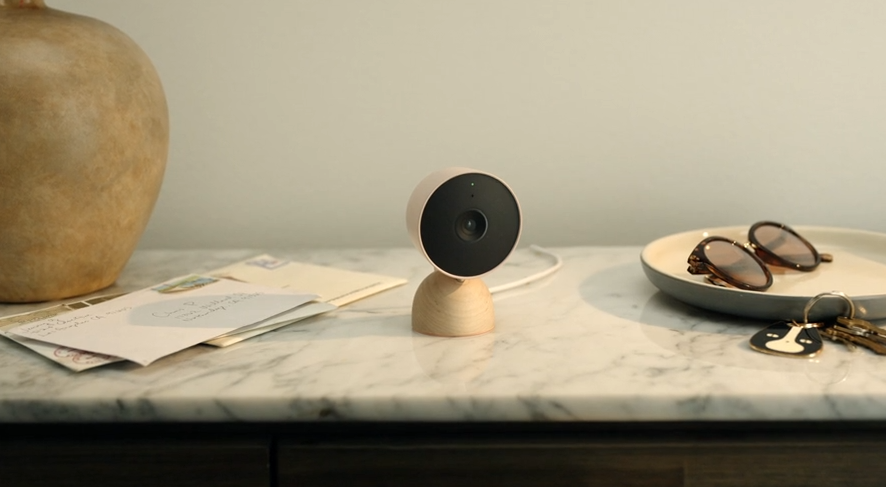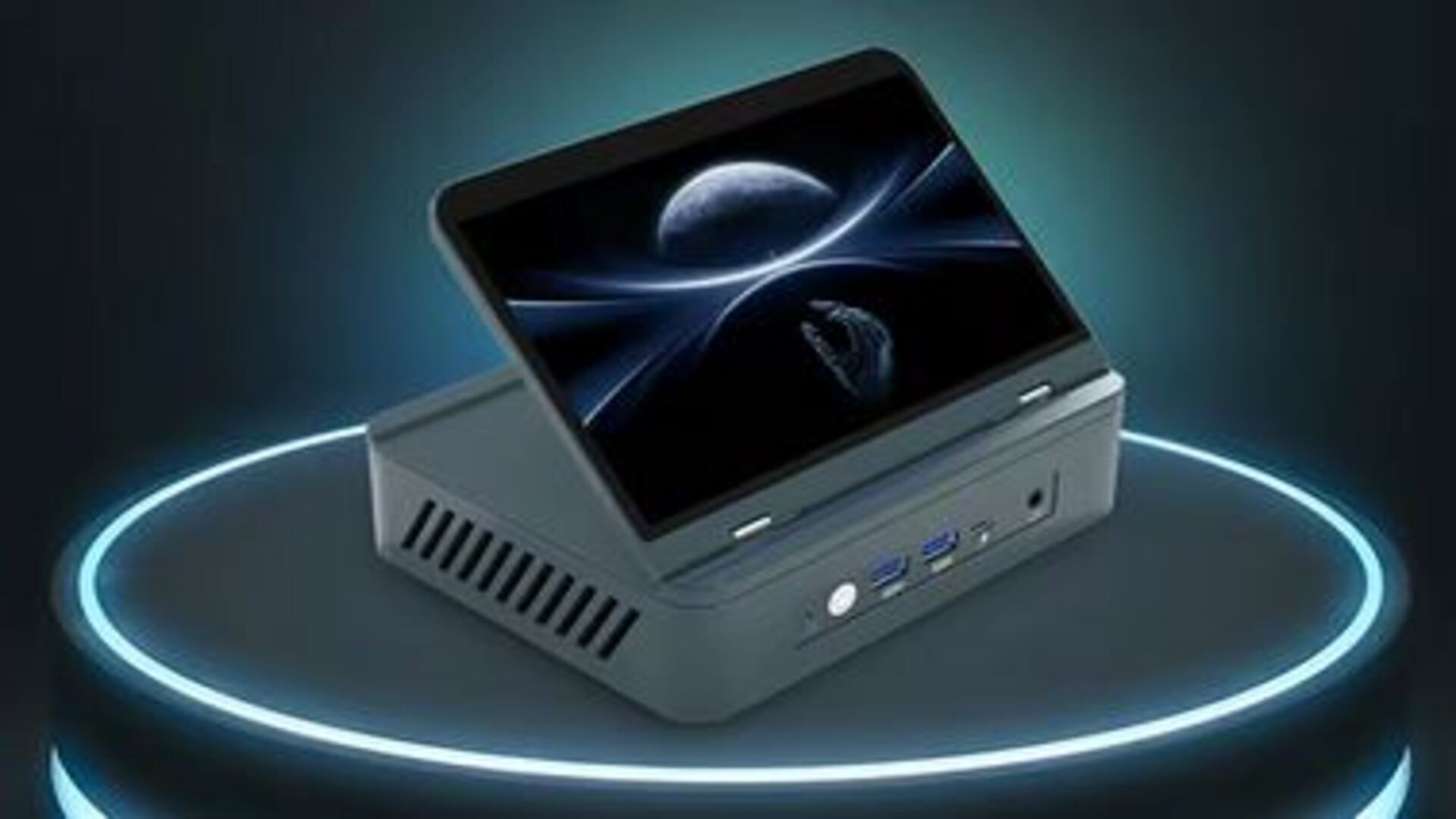Google to require all Android 16 phones to use the Vulcan API
The post Google to require all Android 16 phones to use the Vulcan API appeared first on Android Headlines.


Summary: Android 16 will require devices to support Vulcan’s new Host Image Copy feature. This will improve gaming and 3D graphics performance, and reduce stuttering.
Android has been leveraging the more efficient Vulcan API for many years. With Android 16’s new changes, Google is doubling down, requiring devices to support the new Host Image Copy feature.
It’s not hard to see why; this new advancement can cut memory usage by half, and load textures more smoothly. With Android games becoming ever more complex and visually demanding, something like this is sorely needed.
Of course, this is not simply a software update. Only the devices built on newer chipsets for Android 16 can support this feature, and Google is making sure it is implemented in these cases.
Vulcan: Android’s new official graphical API
Android was built on the core of open course software. This is why it chose OpenGL as its graphical API.
The problem lies in performance. OpenGL is cross-platform and flexible, but it’s terribly inefficient. Even PCs struggle with smoothly rendering with the API; phones fare much worse.
Vulcan was developed as a more efficient alternative to OpenGL, and it quickly gathered steam. While Windows is still dominated by the proprietary DirectX, platforms like Linux and Android started supporting Vulcan.
Over time, as more games switched to the new API, Android improved its support, gradually phasing out OpenGL. Just last month, Vulcan was finally announced as the official graphics API for Android.
This means it is no longer just used for supported games but for every graphical need of the operating system. Even things like watching videos are now powered by Vulcan on Android 16.
What does Host Image Copy do?
Explaining how the graphical processing pipeline works can get a bit technical, so we will try to simplify this a little. Basically, Android 16’s Host Image Copy is designed to use the CPU for parts of the rendering process.
This reduces the load on the GPU (by as much as 50%) and decreases the number of steps needed overall as well. The idea is to let the CPU directly copy the image textures needed to the GPU’s memory, without involving the graphics card or a temporary buffer.
Normally this is avoided because the GPU is best at handling large textures, but for mobile, the situation is different. Your phone’s GPU is not as powerful as a PC’s GPU, and a mobile game’s textures are smaller. For this situation it is more efficient to let the CPU take charge of this process.
The result is much smoother texture loading when running a game or any complex 3D application. Stutters are eliminated, and the GPU uses fewer resources, reducing heat as well.
The post Google to require all Android 16 phones to use the Vulcan API appeared first on Android Headlines.






















































.jpg)
%20Abstract%20Background%20112024%20SOURCE%20Amazon.jpg)


















































































































![[The AI Show Episode 142]: ChatGPT’s New Image Generator, Studio Ghibli Craze and Backlash, Gemini 2.5, OpenAI Academy, 4o Updates, Vibe Marketing & xAI Acquires X](https://www.marketingaiinstitute.com/hubfs/ep%20142%20cover.png)
















































































































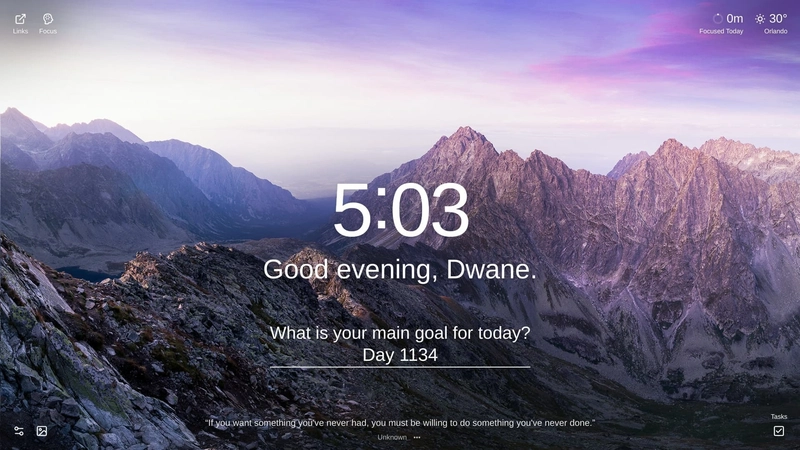
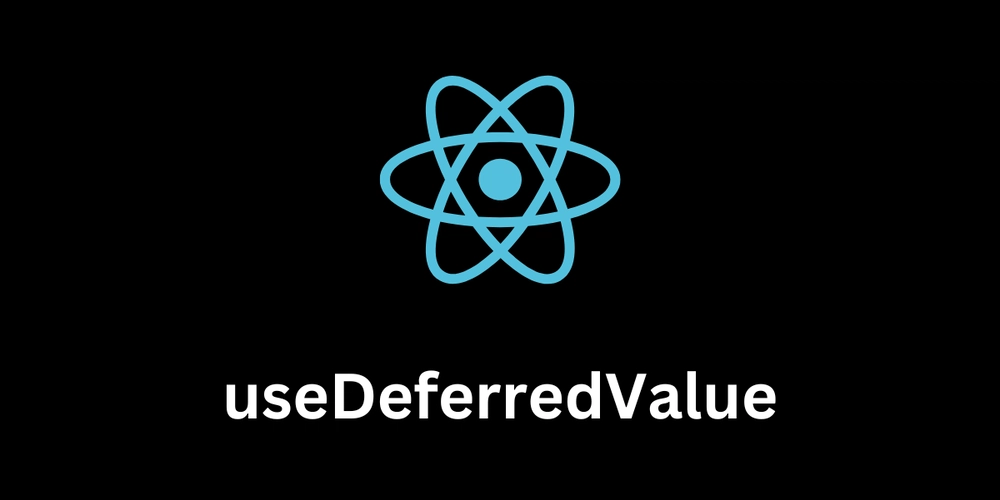














![From drop-out to software architect with Jason Lengstorf [Podcast #167]](https://cdn.hashnode.com/res/hashnode/image/upload/v1743796461357/f3d19cd7-e6f5-4d7c-8bfc-eb974bc8da68.png?#)
















































.png?#)



























































































_Christophe_Coat_Alamy.jpg?#)







































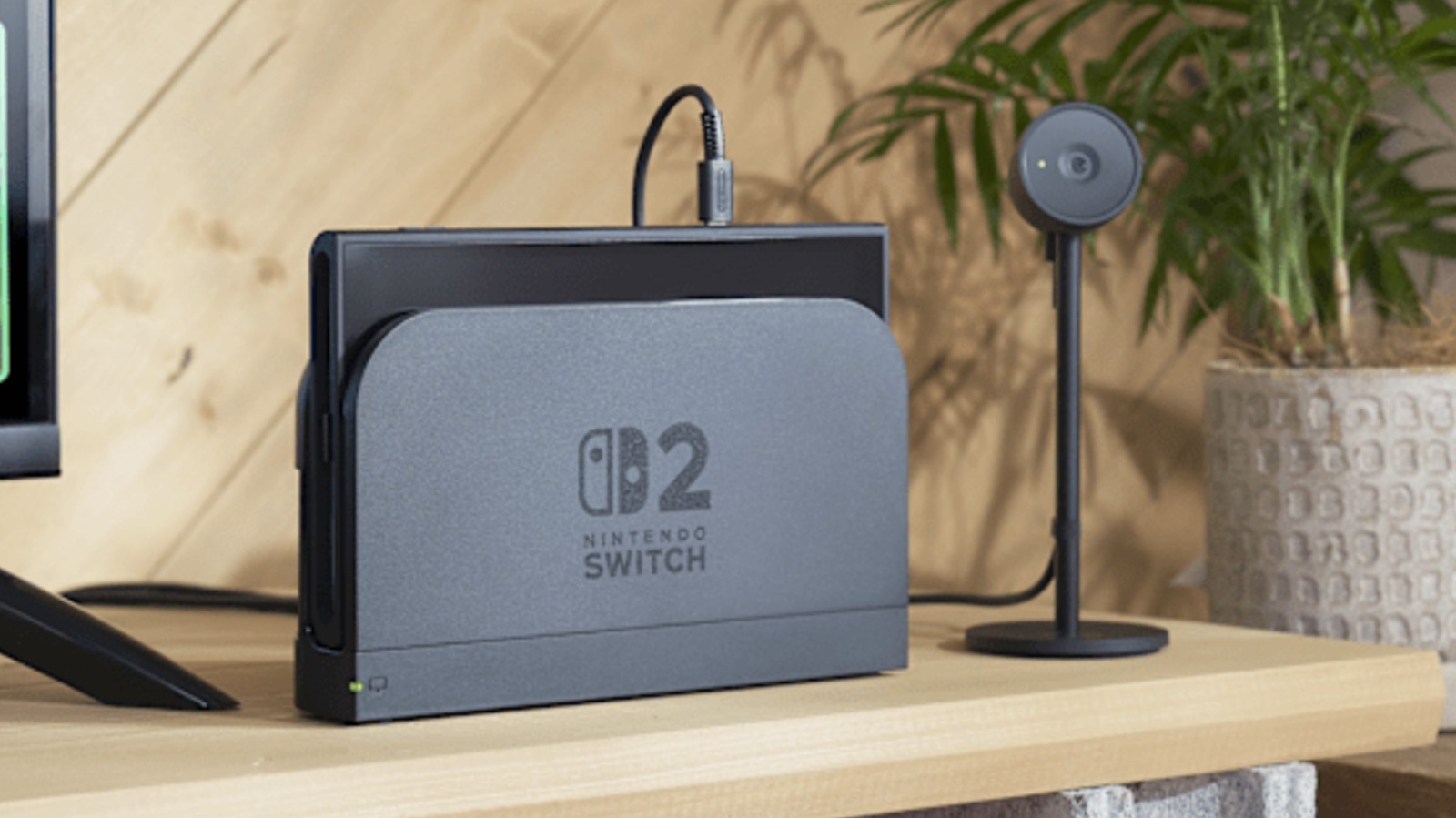


































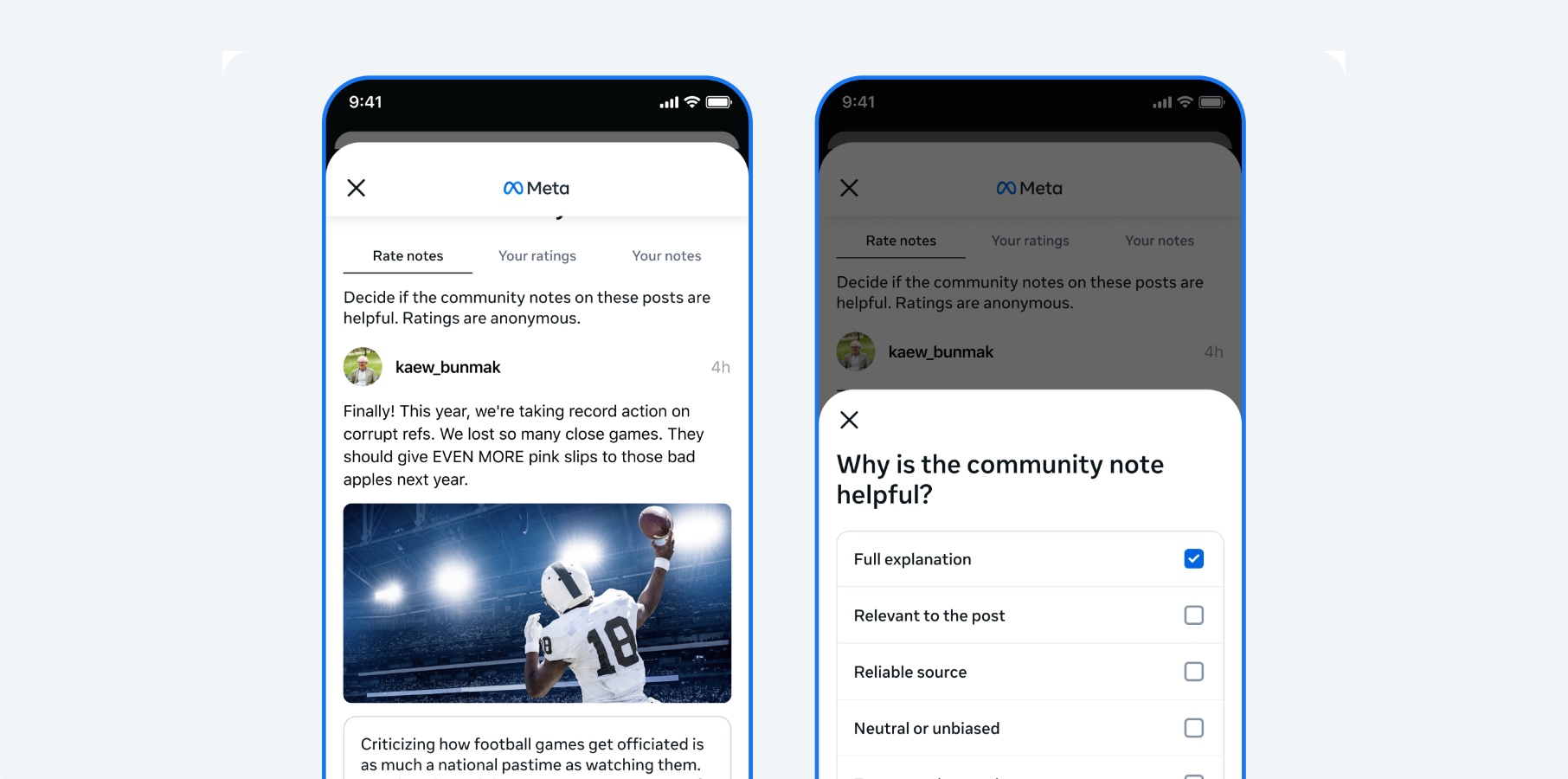




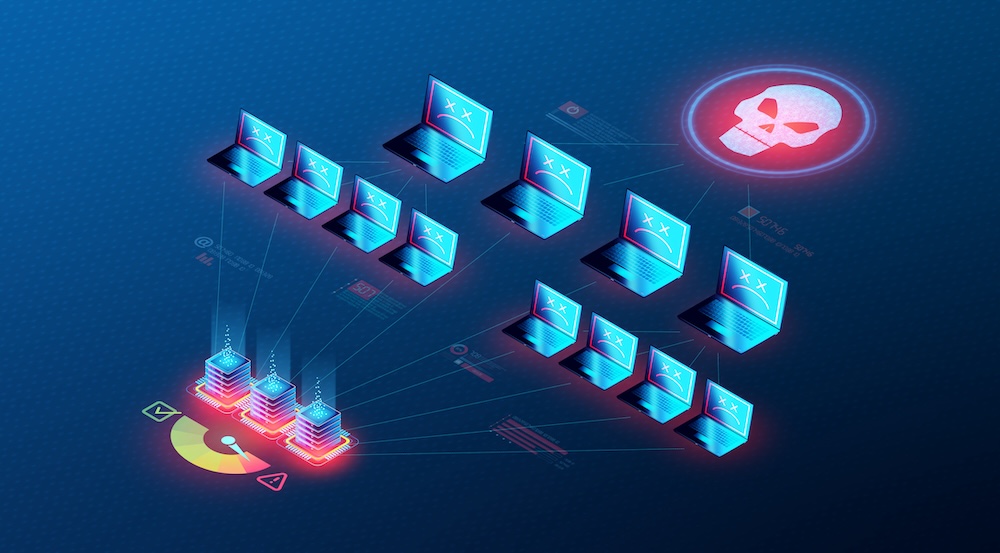





























![Rapidus in Talks With Apple as It Accelerates Toward 2nm Chip Production [Report]](https://www.iclarified.com/images/news/96937/96937/96937-640.jpg)


















